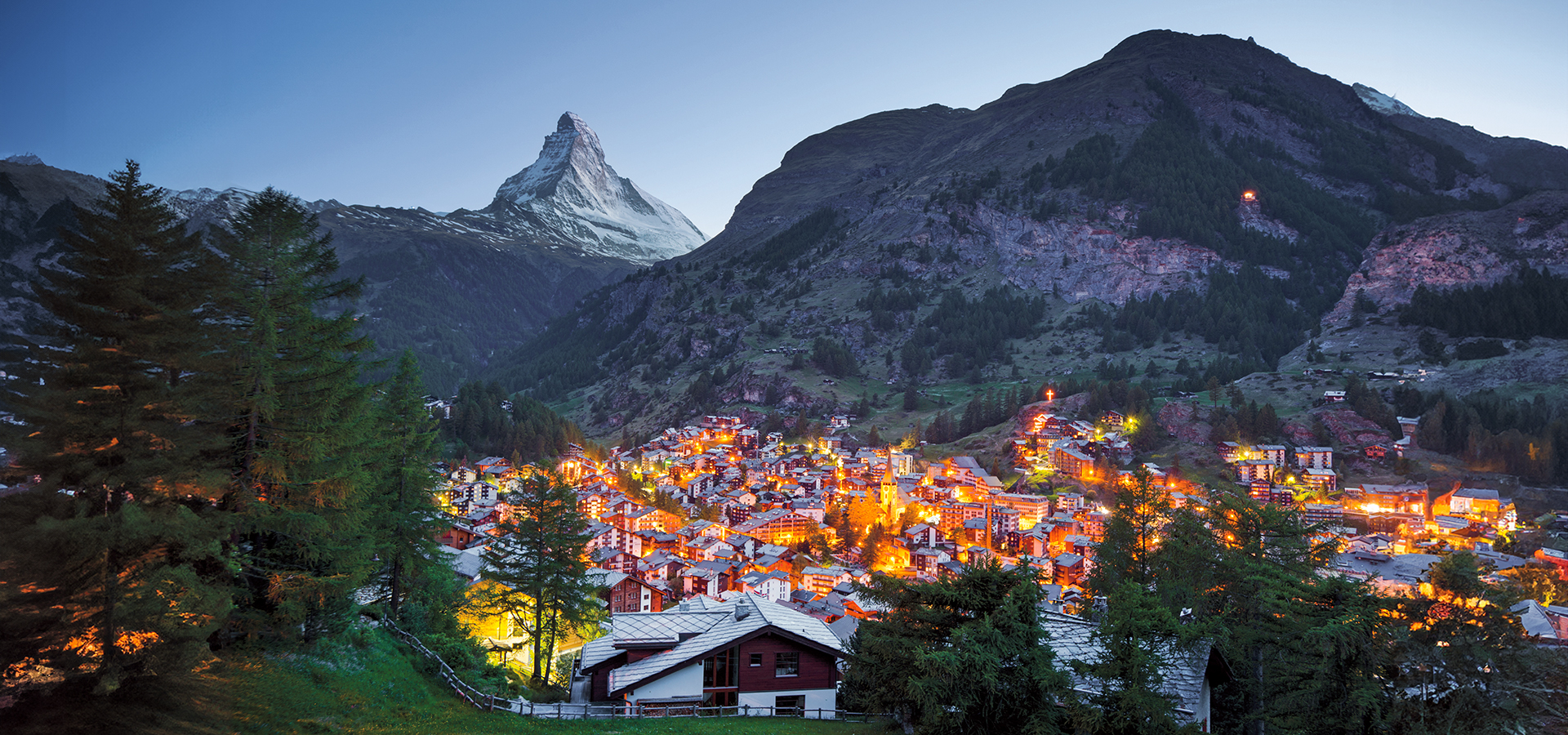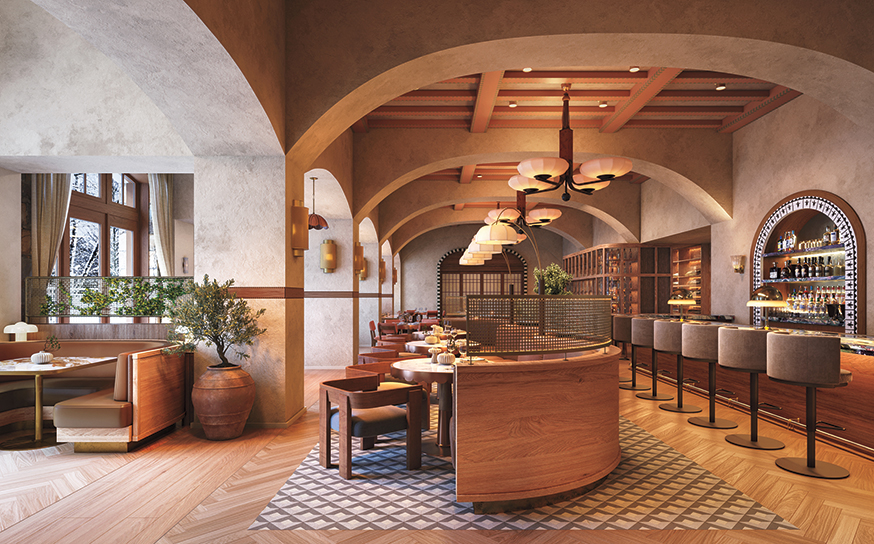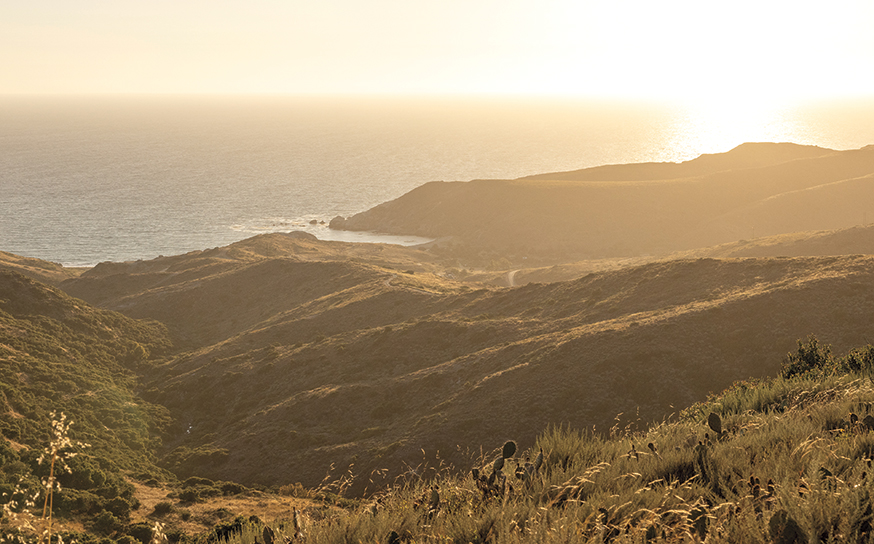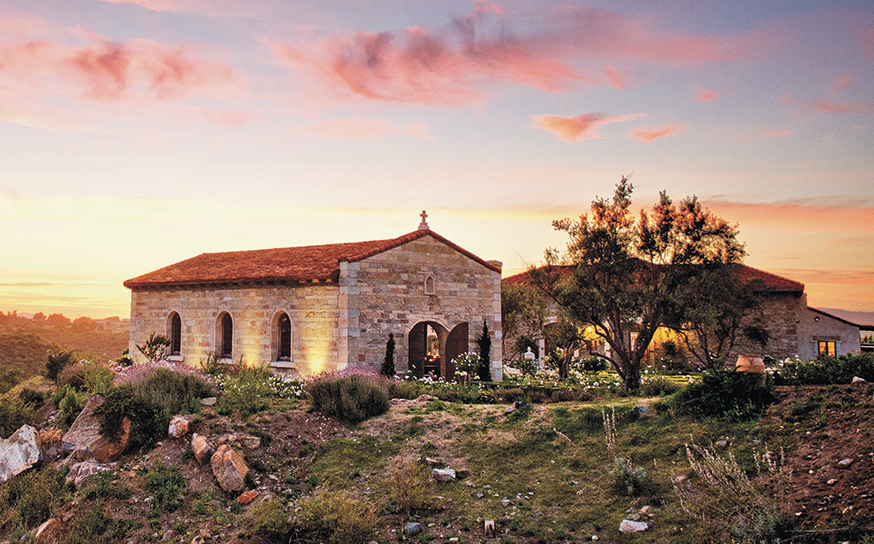A Wish to Witness Zermatt’s Famous Matterhorn Finally Materializes and Doesn’t Disappoint
Peak adventure.
- CategoryTravel
- Written byDarren Elms
Growing up in Southern California, one thing was for certain. If you took the Harbor Boulevard exit in Anaheim, the vision of a snowy peak cresting above trees signaled your arrival at “the happiest place on earth.” As a child, it was easy to be awed by the majestic Matterhorn—even this man-made one of steel and concrete. It signaled adventure, fantasy and, best of all, thrills as you propelled down icy glaciers in a rickety bobsled pursued by a raging snowman.
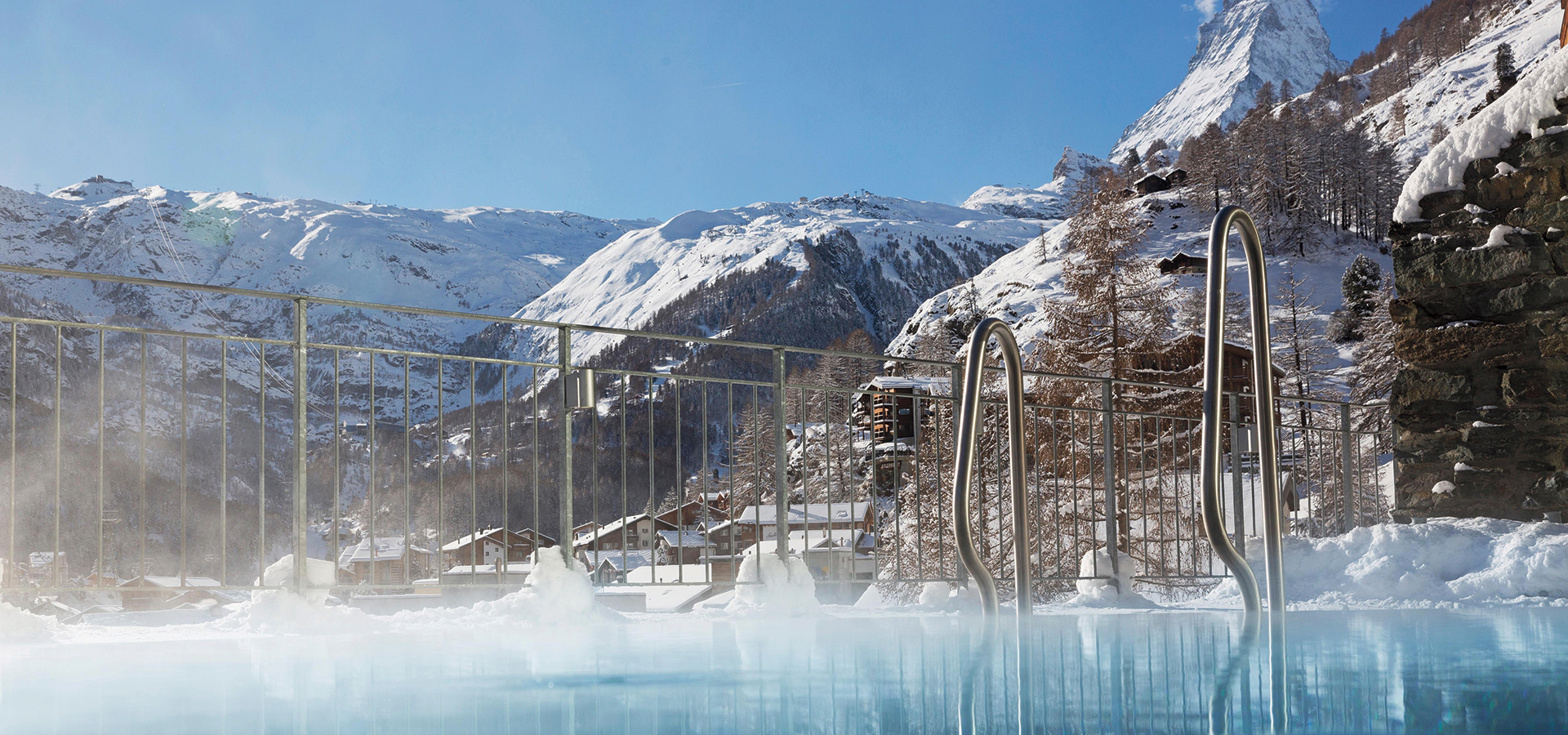
For years each wild descent and hairpin turn, despite the chiropractic visits that followed, left me craving more. I needed to see the real deal. To do so, I would need to haul my lederhosen to Zermatt, Switzerland—an alpine village not far from the Italian border.
A popular ski destination, Zermatt is not as complicated to reach as I first imagined. While I chose the Zurich route, train connections can also be made in nearby Geneva. After a two-hour train ride to Visp, travelers board the Matterhorn Gotthard Bahn for a scenic ride along rivers and pine forests to Zermatt station.
The first thing to know about Zermatt: This is a car-free village. Fortunately, Zermatt is on the small side and very walkable. Each hotel offers small, electric taxis to help transport your luggage from the station to your destination. Our driver zipped us through the pedestrian streets with ease before turning up a small alleyway and directly into sliding hillside doors.
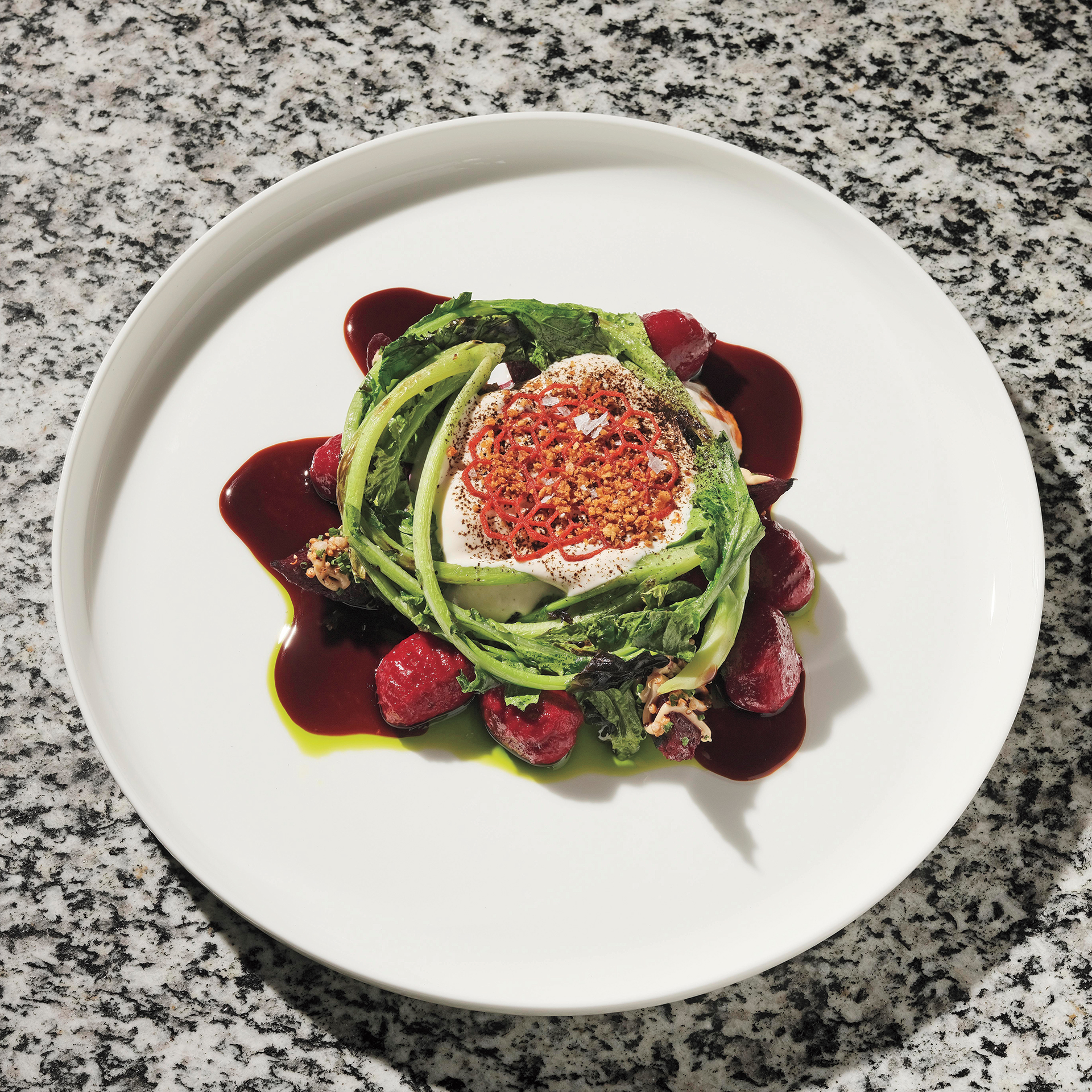
Things got very James Bond for a moment as we barreled through a lantern-lit cave and pulled up to a glass elevator. Our several-story ascent offered views of the town before opening to the warm reception of The Omnia, our home for the next few days.
In contrast to the gingerbread architecture that elevates Zermatt’s charm, The Omnia takes a modern approach—favoring minimalism, light-enhancing glass and warm wood accents throughout. Our spacious corner suite with wall-to-wall windows and a balcony provided the ideal proscenium to Zermatt’s singular beauty. And no need to set an alarm … the bells of nearby St. Mauritius will greet you each morning with a rousing tintinnabulation.
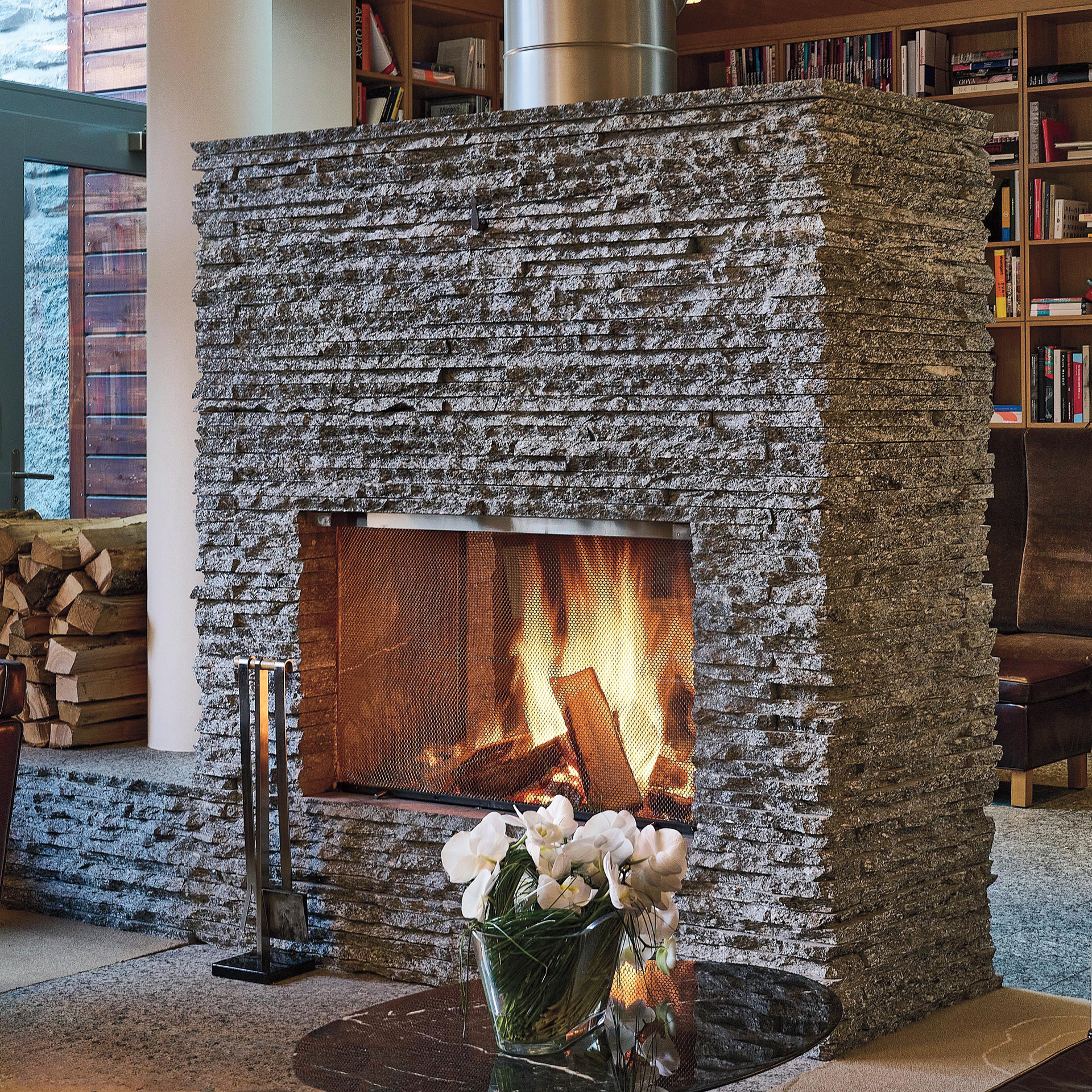
A typical crowd in Zermatt, depending on the season, could include summer hikers saddled with backpacks; skiers and their gear wading to the lifts; Swiss folk musicians serenading tourists; or bell-donning goats and their goatherds clanging across cobblestones en route to grassier pastures. Retail purveyors offer everything from edelweiss, an alpine flower, to rich chocolate and soothing marmot balm from the fat of a local rodent.
You can even visit the famous Pink Elephant that witnessed the rock ‘n’ roll era of the Post Hotel in the late ’70s and early ’80s, restored and on display at Paradize 3920. The hills are indeed alive, and very Swiss.
Zermatt culinary traditions include cheese fondue and raclette, enjoyed by visitors and locals alike. Standouts include Whymper Stube Zermatt, named after the legendary first Matterhorn ascender of 1865, and the intimate Valaisan restaurant Melted.
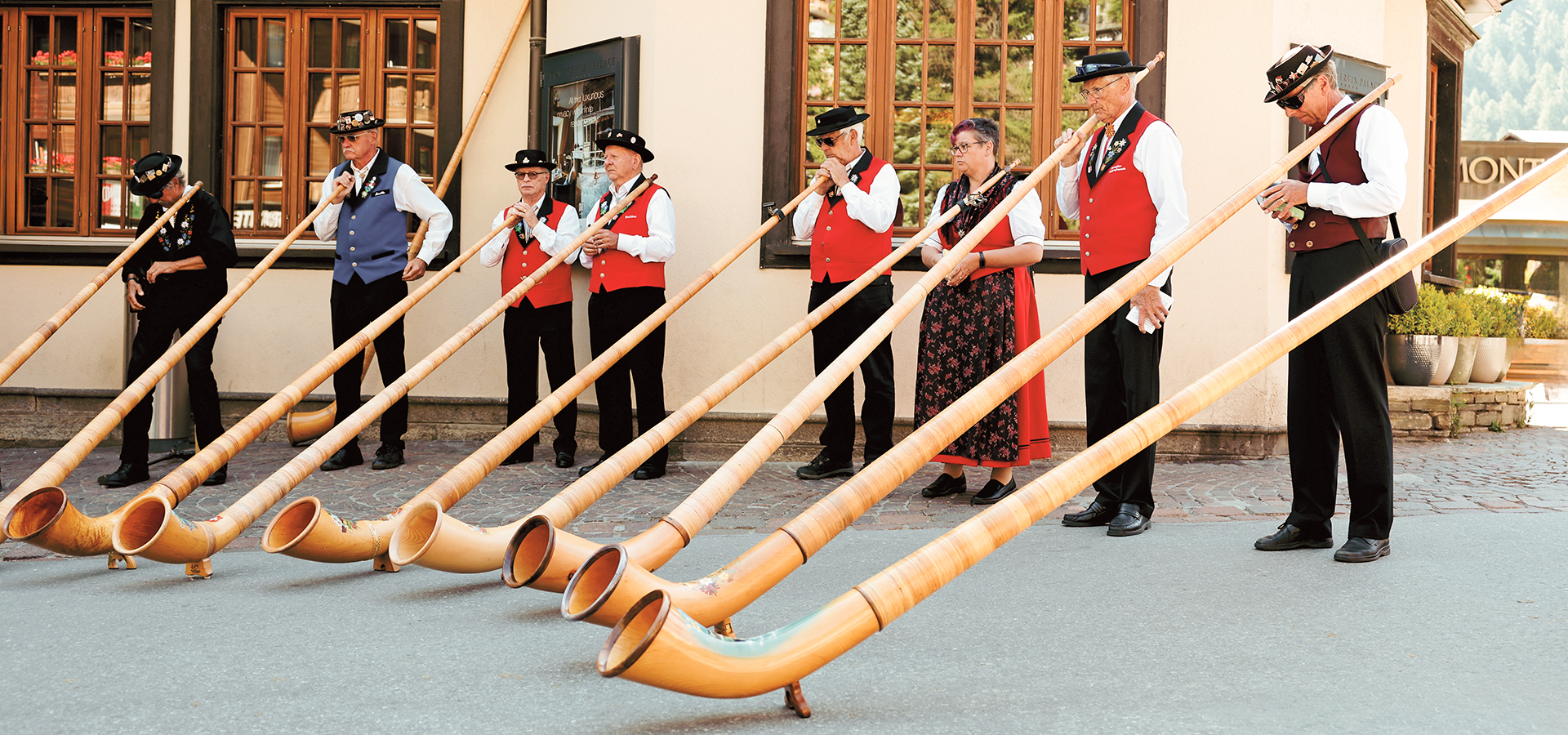
For something more contemporary, check out the signature restaurant at The Omnia. With a vegetarian concept, the menu by Chef André Kneubühler favors regional produce with optional fish or meat addition. The five-course meal and beverage pairing in the sparse dining room proved a welcome and unexpected treat.
Whether you’re a hiker or skier, getting to Zermatt’s accessible mountain summits can be achieved via walking, a chairlift or a funicular. The Sunnegga Funicular, found in the town center, is Switzerland’s first underground cable car—mobilizing guests about 2,300 feet to an upper station at the Sunnegga Paradise ski area. It’s from this vantage point that skiers or hikers can make their way down the hill to Chez Vrony, a 100-year-old family-run restaurant with spectacular views.
Enjoy a glass of white wine and a refreshing lunch before embarking on a breathtaking two-hour hike back to Zermatt. It’s long but not rigorous, with plenty of pause-and-breathe-in-the-beauty moments.
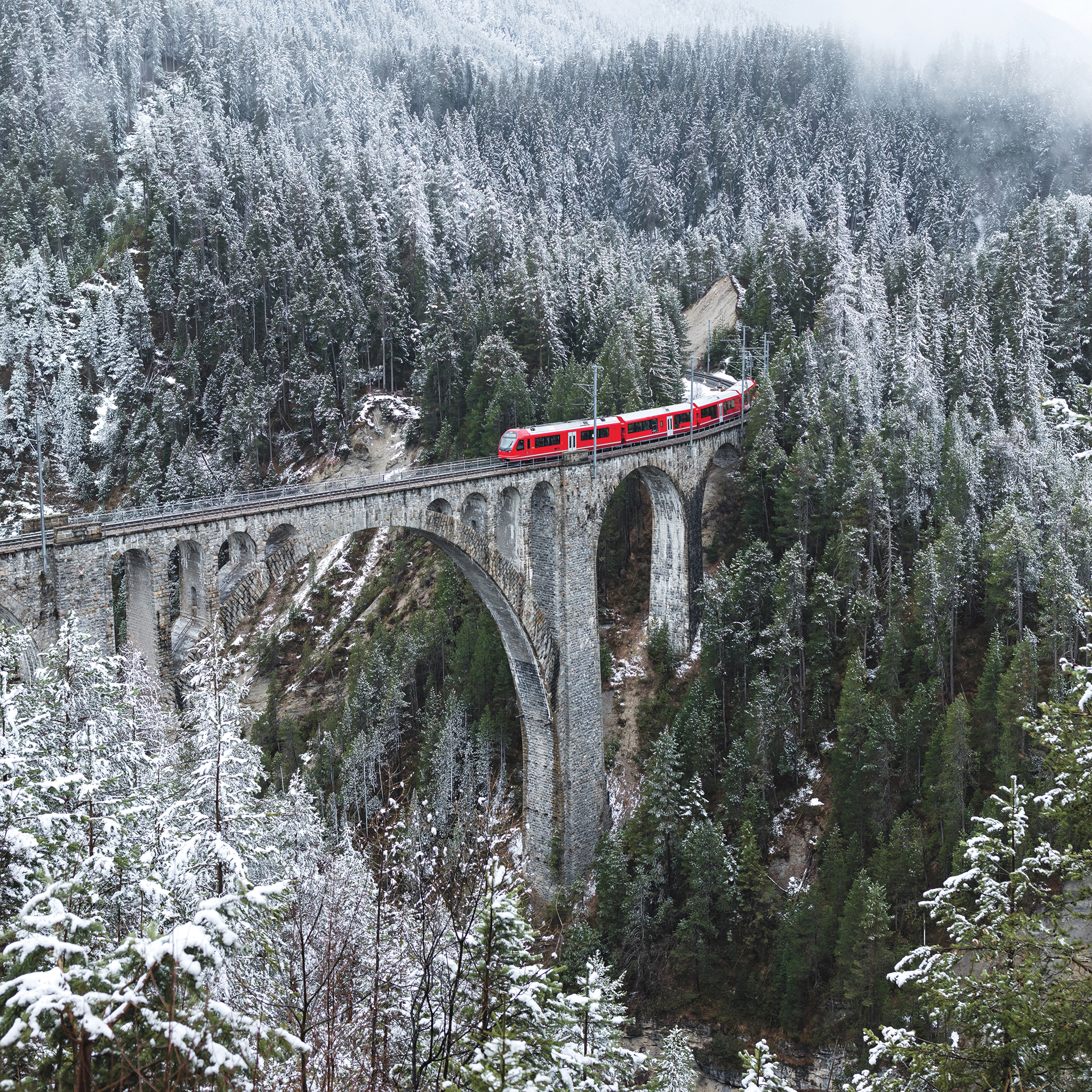
Speaking of, we haven’t even touched on the main reason for my journey to Zermatt: that mountain. Having now visited and seen it for myself, the Matterhorn is more impressive than I could have imagined. It rises high above Zermatt, sharp and white, sometimes shrouded in clouds but always present.
You can’t turn a corner in Zermatt without seeing its pyramidal profile on a sign, T-shirt, magnet or chocolate box. It’s the pride and joy of the region, and rightly so. At 14,692 feet, it’s one of the highest peaks in Europe. The tallest of its “four faces” was not completely climbed until 1962, and it’s estimated that about 500 alpinists have died on it—making it one of the deadliest peaks in the world.
Although the Matterhorn appeared in view on the first day I was in Zermatt, it remained elusive the following days—hiding shyly behind clouds for most of my visit. But the final morning, after those church bells signaled the start of my day, I headed out for a walk and a final encounter. And there, with brilliant blue skies as a backdrop, I soaked in the perfect panorama … the clustered chalets and canopy of trees, all under the watchful eye of one mighty mountain.






